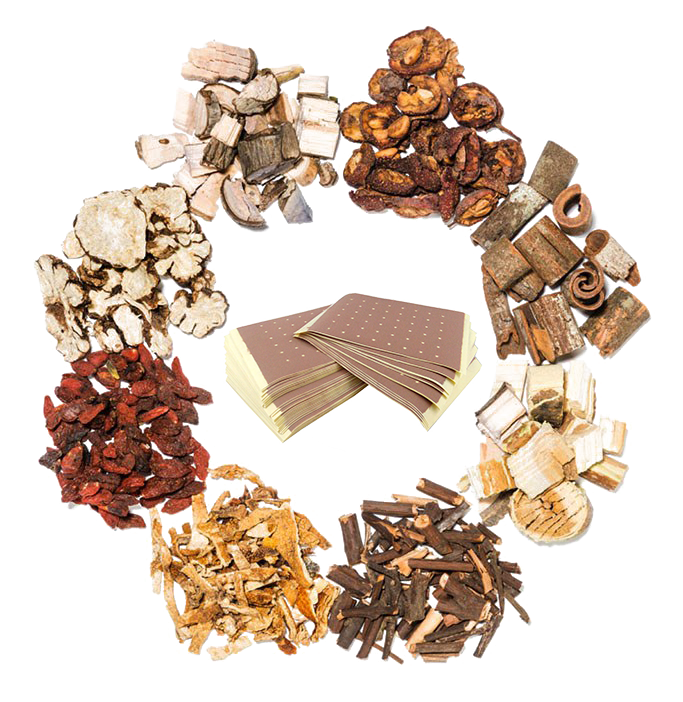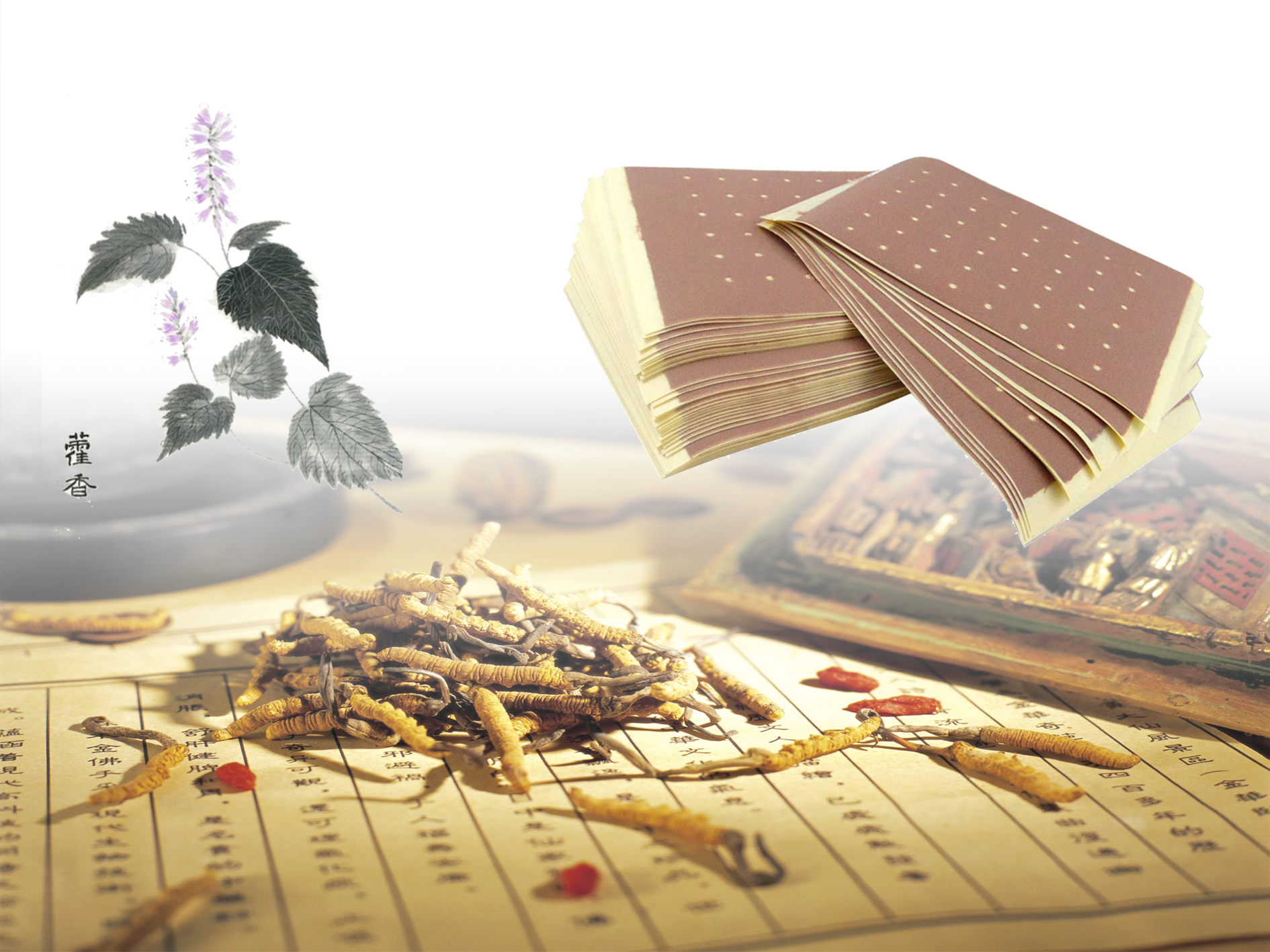Don't miss out! Register today and receive a free sample.
Original plaster production process with independent intellectual property rights:
according to the process. On the basis of fully absorbing various traditional manufacturing processes, we have integrated the advantages of various traditional processes, made up for many shortcomings of traditional processes, and created a unique production process with independent intellectual property rights.
- Traditional plasters are classified into the solvent method (rubber + gasoline), Solvent method, high temperature causes the loss and damage of active ingredients, the production process is easy to pollute and not environmentally friendly
- hot pressing method (rubber + lithopone), Hot pressing method, the molecular structure of the paste is unstable and easy to deteriorate, and the gloss of the paste surface is not enough
- hot melt adhesive method (hot melt adhesive), Hot-melt adhesive method, the cheapest plaster solution, mostly used in low-end products, the safety of hot-melt adhesive has not been demonstrated
The products produced are of stable quality and excellent properties. . After years of foreign trade export verification, it has won wide acclaim from exporting countries and regions.
Hot-Selling Plasters
🌿🌸 Discover the natural healing powers of Chinese medicinal plaster with us! 💪🏼 From soothing sore muscles to improving blood circulation, this ancient remedy has so many benefits. 💆♀️🧘♂️ Say goodbye to pain and hello to relaxation with our selection of high-quality plasters.
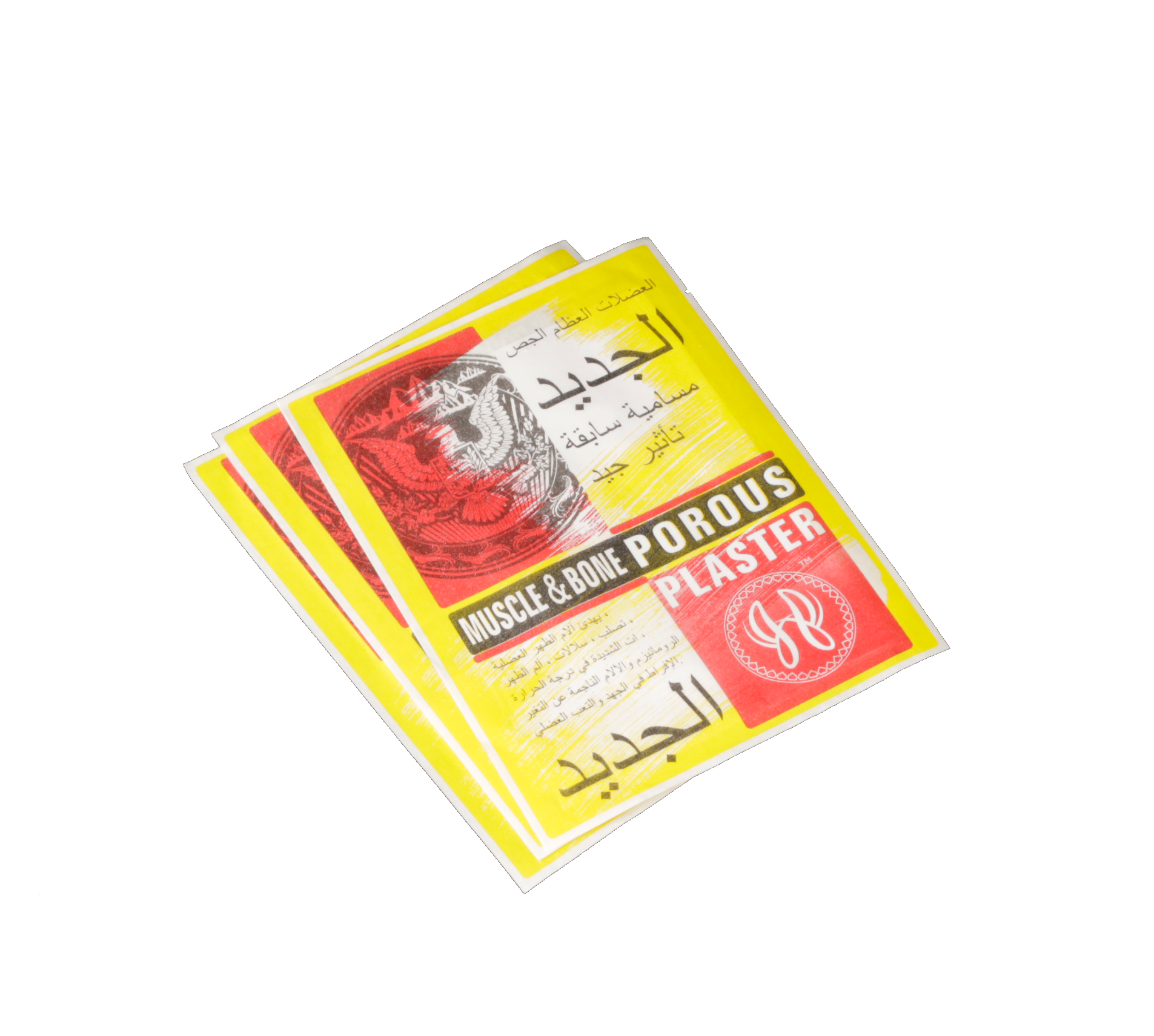
Muscle & Bone Porous Plaster
Gives you an active life
Alieviates localised muscular pain.
This special plaster worms and soothes muscular backache,stiffness,strains,iumbago.
lets you have an active life
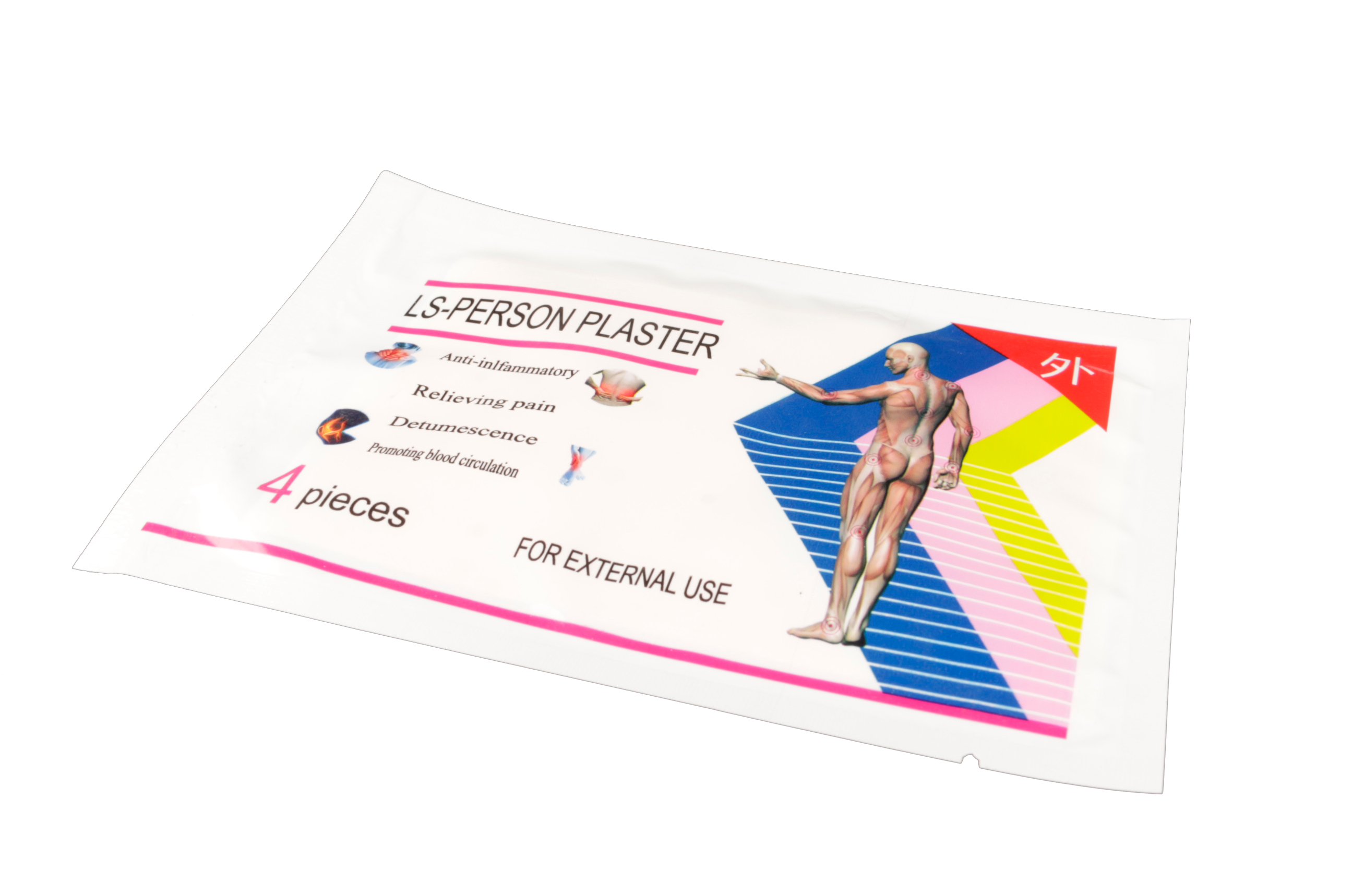
LS-PERSON PLASTER
Far-infrared
Muscle and Bone Plaster
Adjuvant therapy for anti-inflammatory,
detumescence,relieving pain,promoting blood
circulation and removing blood stasis.
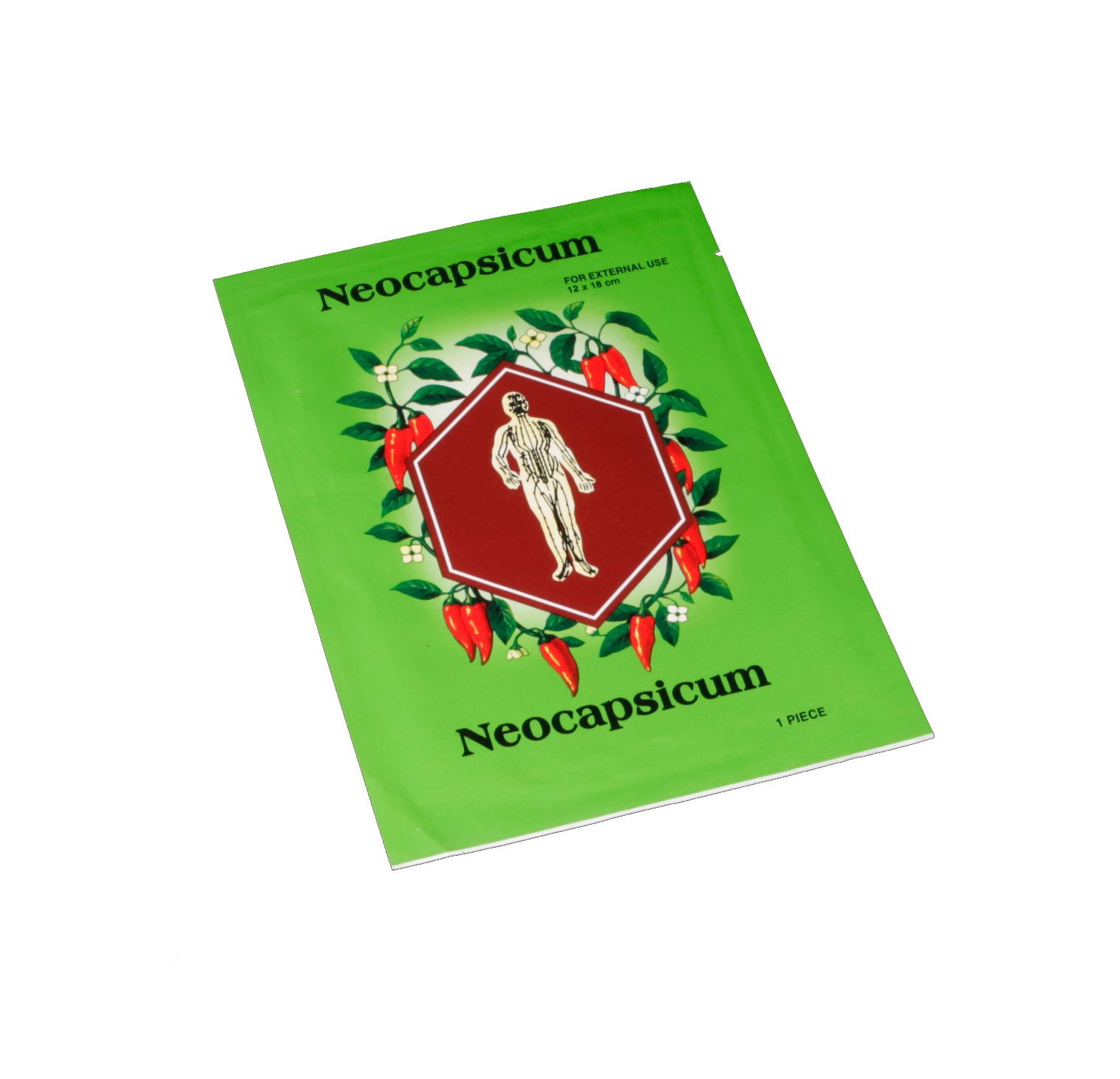
Neocapsicum Small
plâtre chinois
Plâtre musculaire et osseuxer
suitable for the adjuvant treatment of
anti-inflammatory, swelling, pain relieving,
promoting blood circulation and removing stasis.
The unique technology makes the viscoelasticity of the paste adjustable, specially formulated for Asians, with more moderate viscosity and more comfortable application.
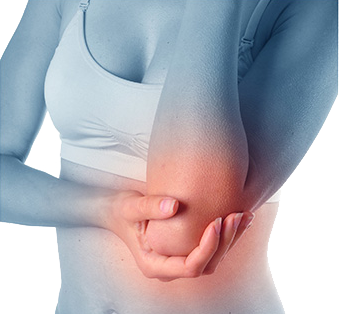
Elbow
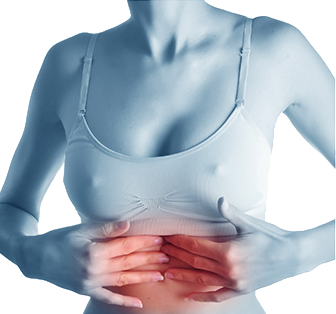
Abdomen
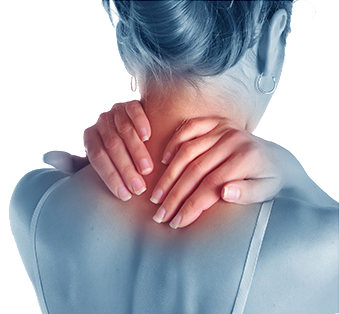
Neck
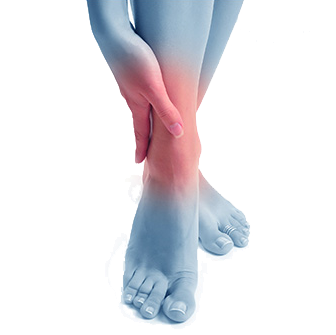
Ankle
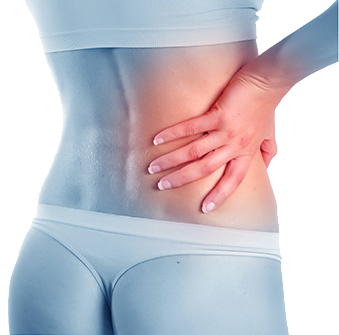
Waist
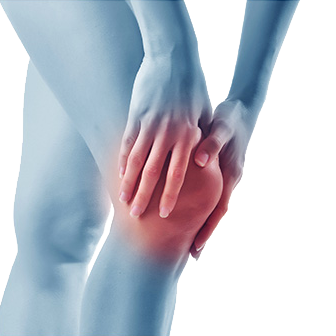
Knee
About Hay Plaster
Chongqing Haoaiyou Pharmaceutical Technology Co., Ltd. is located in Rongchang National High-tech Development Zone, Chongqing. It is a professional enterprise integrating research and development, production and sales of plasters, patches, dressings and medical pressure-sensitive adhesive products.
The company has one medical pressure-sensitive adhesive production line and two plaster production lines, the second-class device number "Jingukang Far Infrared Paste" (exclusive in the country, 8 models), the first-class device number "medical antipyretic paste", and has "Haoaiyou", "Dutie", "Zequitang", "Jitu Xingxing", "SIGLO", "MOOV", "HARRAR", "BARRAD" and other registered trademarks.
Since the establishment of the company in 2012, the sales are mainly foreign trade, and the products are exported to Southeast Asia, the Middle East, South America, and many countries in Africa, and enjoy a high reputation in the sales countries.
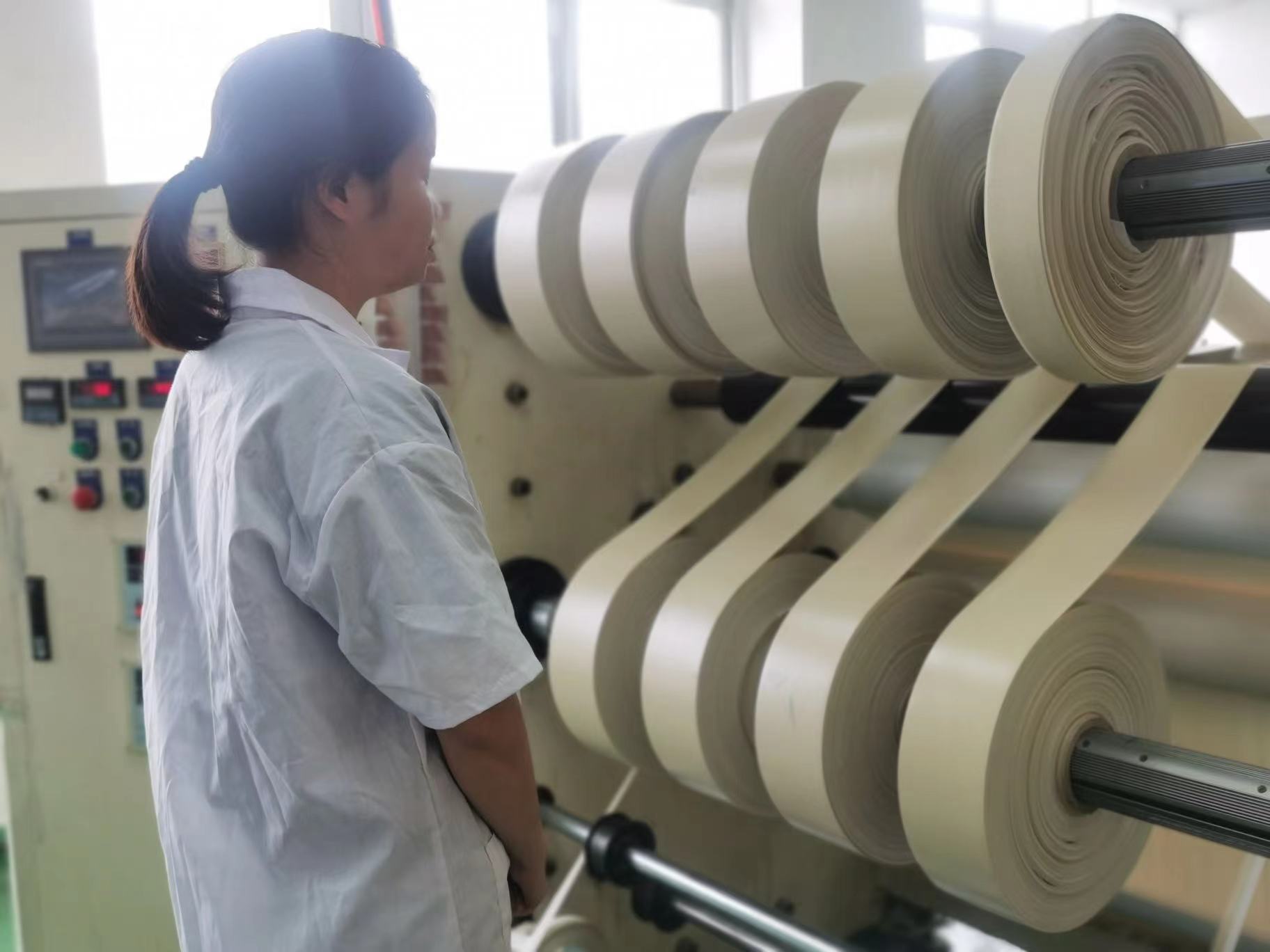
The production process does not require drying, which reduces the loss of volatile active ingredients and effectively locks the active ingredients; The molecular structure of the paste is stable, the load capacity is high, and it is resistant to aging, and the efficacy of the paste is longer.
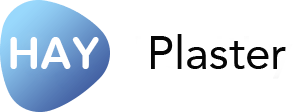
What is traditional Chinese plaster and what does it do?
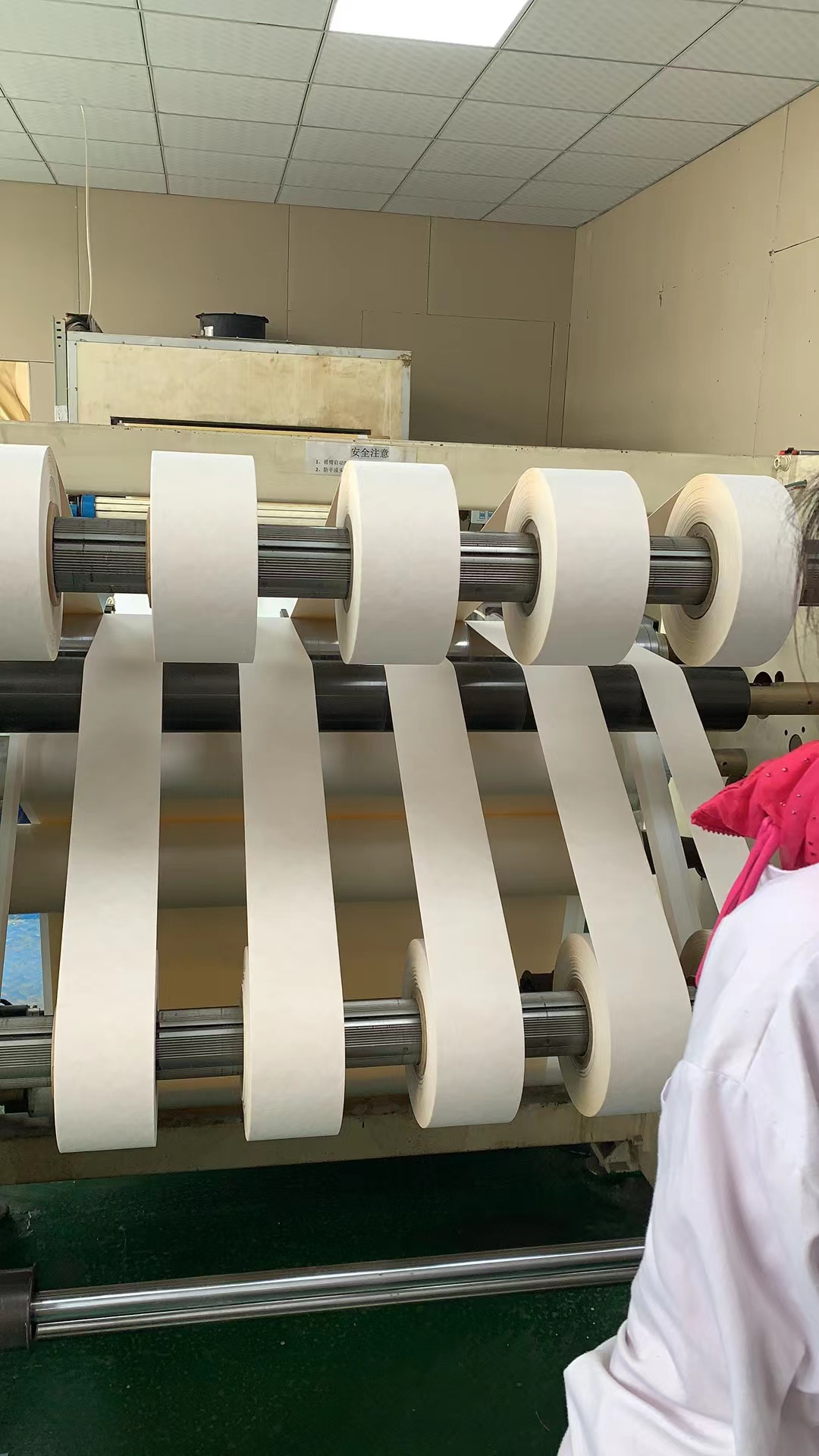
Plaster is a traditional dosage form in China. After years of development, although it has evolved from traditional manual cooking to the current industrial production, the industry as a whole is still stuck in the situation of old equipment and backward technology.
The modern plaster production level is on the contrary in Taiwan and South Korea. And Japan has been greatly developed. At present, the world, especially the developed countries, basically recognizes the products of the above three regions, such as the Salonpas plaster of Hisamitsu, Japan.
The founder of Haoaiyou has more than 20 years of experience in the research and development and production of plasters. After inspecting and comparing multiple international advanced plaster production lines in Taiwan, South Korea, and Japan, he independently developed and customized a set of new production lines that are leading in China.
Production The equipment can completely be on par with the top plaster manufacturers in the world, and combined with the unique production process independently developed, the technological innovation and comprehensive quality of our products are in a leading position in the domestic industry.
Supporting equipment accumulated in foreign trade sales for many years: Since its establishment, the company has been focusing on foreign trade sales. According to the preferences of consumers in different countries and regions, it corresponds to the corresponding post-process supporting equipment, which makes the company fully ahead of the domestic market in terms of product comfort, appearance, and ease of use. traditional enterprises.
Workshop Show
Unique technology, the molecular structure of the paste is stable, and can carry more active ingredients; the safety has been certified by multiple professional departments; normal temperature production, pollution-free, more environmentally friendly, and retain the active ingredients to the greatest extent
Original plaster production process with independent intellectual property rights: Traditional plasters are classified into the solvent method (rubber + gasoline), hot pressing method (rubber + lithopone), and hot melt adhesive method (hot melt adhesive) according to the process.
On the basis of fully absorbing various traditional manufacturing processes, we have integrated the advantages of various traditional processes, made up for many shortcomings of traditional processes, and created a unique production process with independent intellectual property rights.
The products produced are of stable quality and excellent properties. .After years of foreign trade export verification, it has won wide acclaim from exporting countries and regions.
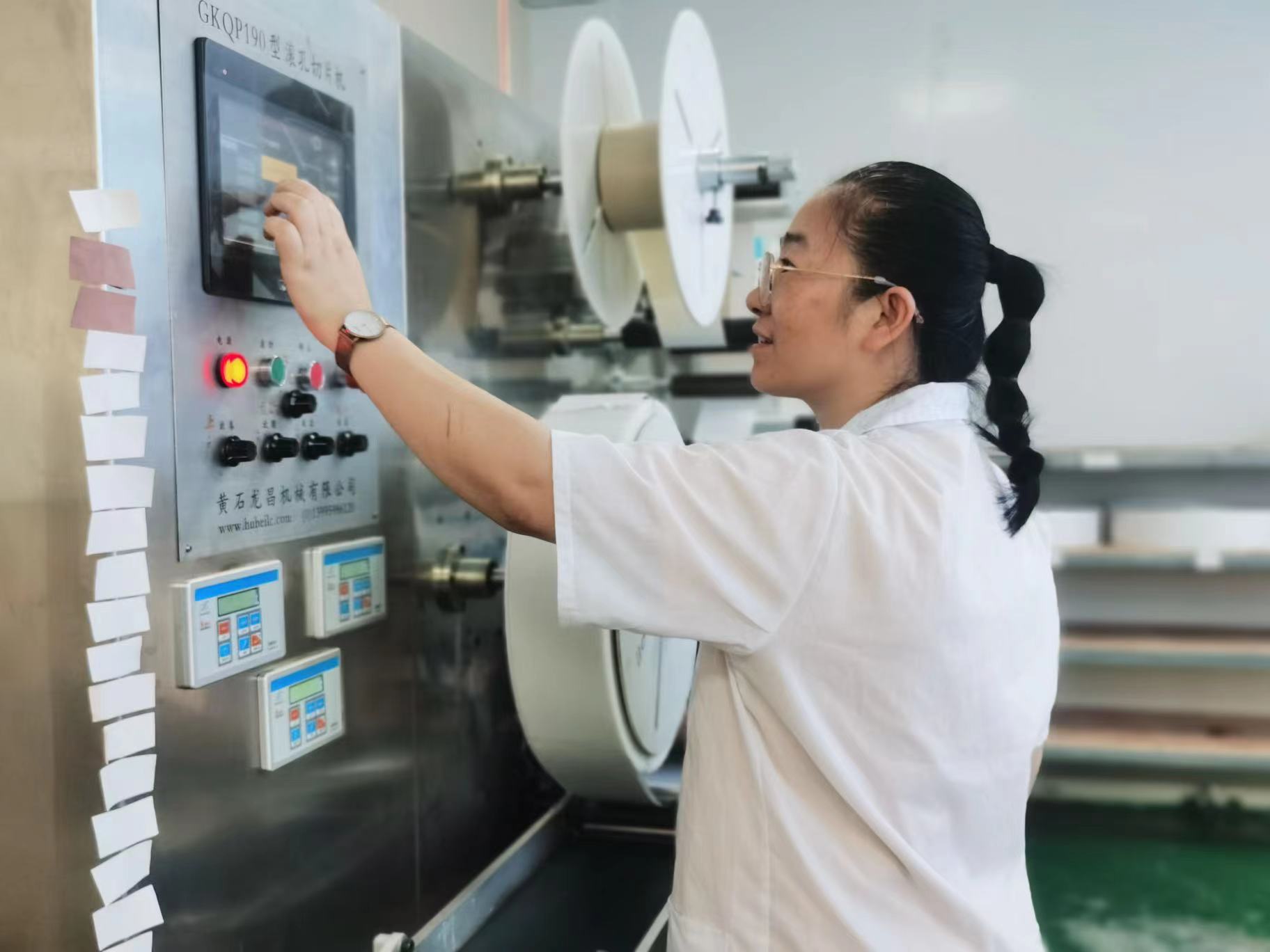
The core material is certified by the national professional organization, safe and effective, reducing skin irritation;
Our office address
Yiwu City, Zhejiang province, China
Want to place orders? Call Us!
Contact info:
Phone
+86 189 5841 0673
E-mail
zeng@hayplaster.com
Our production line is independently researched and developed based on the inspection and comparison of many internationally advanced plaster production lines in Taiwan, South Korea, Japan, Etc.




